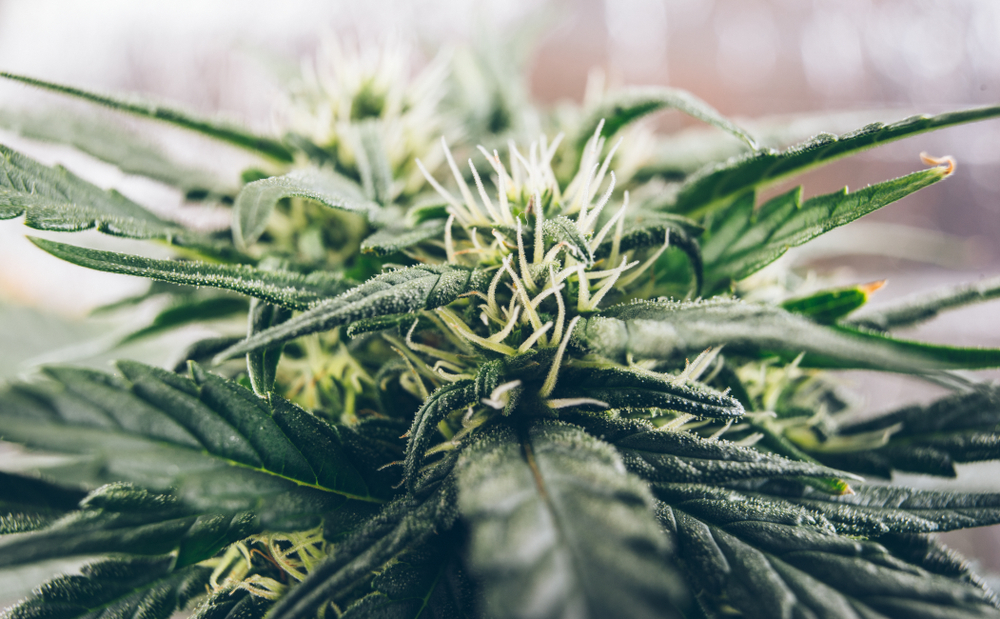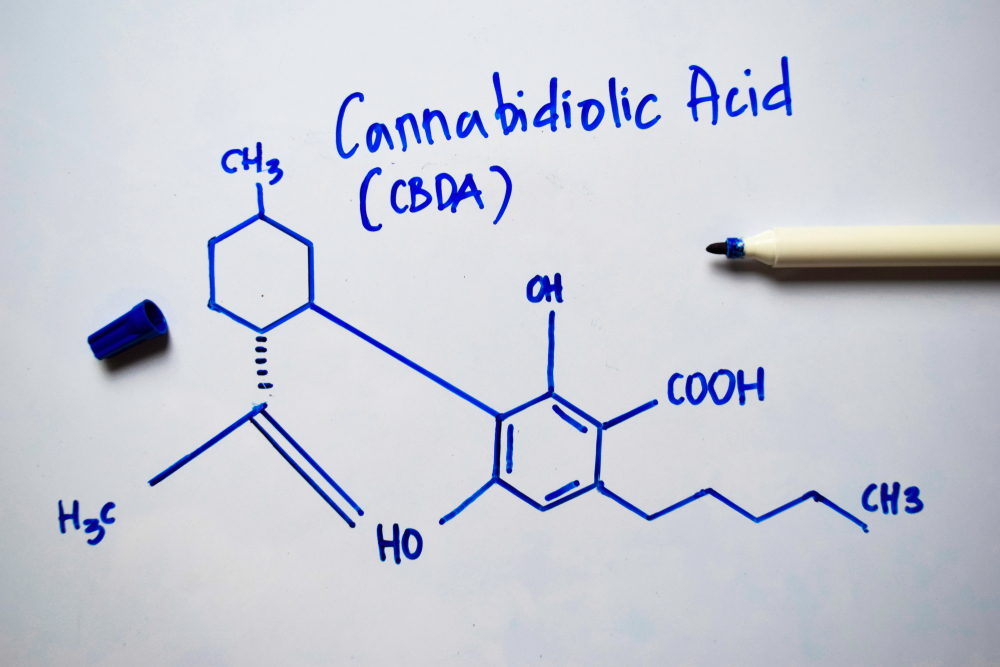Education
What’s The Difference Between CBDA & CBD?
Have you heard of CBDA?
These days, research is going deeper than ever when it comes to the discovery and study of the several hundred compounds found in the cannabis plant.
As recreational and medical cannabis use becomes more widely accepted, cannabis will be used to treat a wider variety of conditions with specializations in different cannabinoids.
CBDA is produced by cannabis and hemp, and is present in raw plants with strong CBD producing genetics. Although CBDA is closely related to CBD, it has its own attributes and specializations, making it beneficial for different medical applications.
Today, we’re going to look at one of the lesser-known cannabinoids you may not have heard about, CBDA.
Cannabinoids 101
Cannabinoids are compounds that are naturally found in both cannabis and our bodies. The cannabinoids found in cannabis are known as phytocannabinoids and are able to interact with our bodies through our endocannabinoid system. In turn, our system produces its own variant of native cannabinoids known as endocannabinoids.
It is here in our endocannabinoid system where cannabis produces therapeutic effects like relaxation, pain relief, and euphoria by binding to our CB1 and CB2 receptors.
Many of the cannabinoids you’ve already heard of, such as THC and CBD, all stem from one main cannabinoid called Cannabigerol (CBG). CBG is commonly known as the precursor to all cannabinoids, and can be converted to any of the three main lines of cannabinoids:
From here, it is through the process of decarboxylation where the compounds THCA, CBCA, and CBDA are converted into THC, CBC and CBD respectively.
CBDA vs CBD
As you might know, CBD (Cannabidiol) is an effective medication for a variety of ailments, but how does CBDA stack up against it?
CBD is found in abundance in many hemp plants, with its main functions being used to treat chronic pain, joint stiffness, anxiety disorders, and even epilepsy. Though both of these compounds are closely related to one another, they do differ in their medicinal properties and interactions with our bodies.
CBDA is present in raw cannabis plants with CBD producing genetics and is converted to CBD (Cannabidiol) through decarboxylation — the removal of a carboxyl group through exposure to heat over a sustained period of time.
Both CBD and CBDA can be highly beneficial medicinal supplements and may carry many of the same properties. However, research suggests that CBDA carries more potent anti-depressive and nausea reducing properties when compared to CBD.
On the other hand, CBD is more catered towards treating anxiety disorders, epilepsy, and even pain.
Both CBD and CBDA work extremely well in treating cancer, inflammation, and various other medical symptoms, however, even more benefits can be extracted from them if they are used in tandem for their combination of therapeutic effects.
The Properties of CBDA

As we’ve previously mentioned, most cannabinoids produce their effects by binding to CB1 and CB2 receptors in our endocannabinoid system.
CBDA works a little bit differently.
It produces its effects in an indirect way instead of directly interacting with the receptors in our endocannabinoid system.
So what are the benefits of CBDA?
CBDA is able to provide its effects by inhibiting the release of cyclooxygenase-2 (COX-2) enzyme, which is heavily linked with inflammation.
The inhibition of the COX-2 enzyme can provide relief from the symptoms of pain and inflammation with many Nonsteroidal anti-inflammatory drugs (NSAIDs) like aspirin and ibuprofen, which in turn provide their effects by inhibiting the COX enzyme.
A 2013 study on rodents found that CBDA had powerful antidepressant-like effects and was able to affect the serotonin levels in rodents. Serotonin is vital to several core human functions and is widely known to promote and regulate behaviors such as mood, appetite, social behavior, and sexual desire.
Though research is still in its infancy, CBDA has also shown promise in helping to control nausea by affecting the body’s 5-HT Serotonin producing receptors. Research shows that CBDA has 100 times more affinity for the 5-HT receptors compared to CBD.
For this reason, CBDA has a higher bioavailability than CBD, allowing our bodies to metabolize and absorb the cannabinoid with great efficiency.
In certain cancer treatments such as chemo and radiation therapy, the body produces excess amounts of serotonin, which may cause patients to experience extreme discomfort due to feelings of nausea and the urge to vomit.
While the urge to vomit can be easily tamed, the more persistent and unrelenting feelings of nausea can be harder to mitigate. In fact, some cases of nausea can be so unbearable that patients opt to discontinue treatment because of it.
This is where CBDA’s ability to control nausea may prove to be effective as a solution to chemotherapy-induced nausea as well as several other nausea-inducing conditions.
How to Use Cannabidiolic Acid
Using a CBDA isolate is one of the easiest ways to bask in the therapeutic effects of Cannabidiolic Acid.
CBDA is currently found in various products such as capsules, oils, tinctures, and topicals. Of the wide selection of different CBDA products, CBDA oils are among the most effective and popular with many people gravitating towards them.
You can also find some of the best CBDA oil products at trusted dispensaries and online distributors. Functioning similar to CBD (Cannabidiol) oil and its derivatives, you’ll only need to administer a small amount under the tongue to enjoy its therapeutic effects.
Is CBDA Right for You?
With many of the main cannabinoids like THC and CBD dominating the market, it can be hard to get your hands on some of the more discreet and lesser-known cannabinoids.
Research on CBDA is still in its infancy with its preclinical trials being solely non-human studies.
Although more research is required to understand the cannabinoid and all of its nuances fully. So far, CBDA has been showing great promise as a potent anti-depressive and nausea controlling medication.
Be sure to try some of the CBDA products available on the cannabis market while we make sure to keep you



